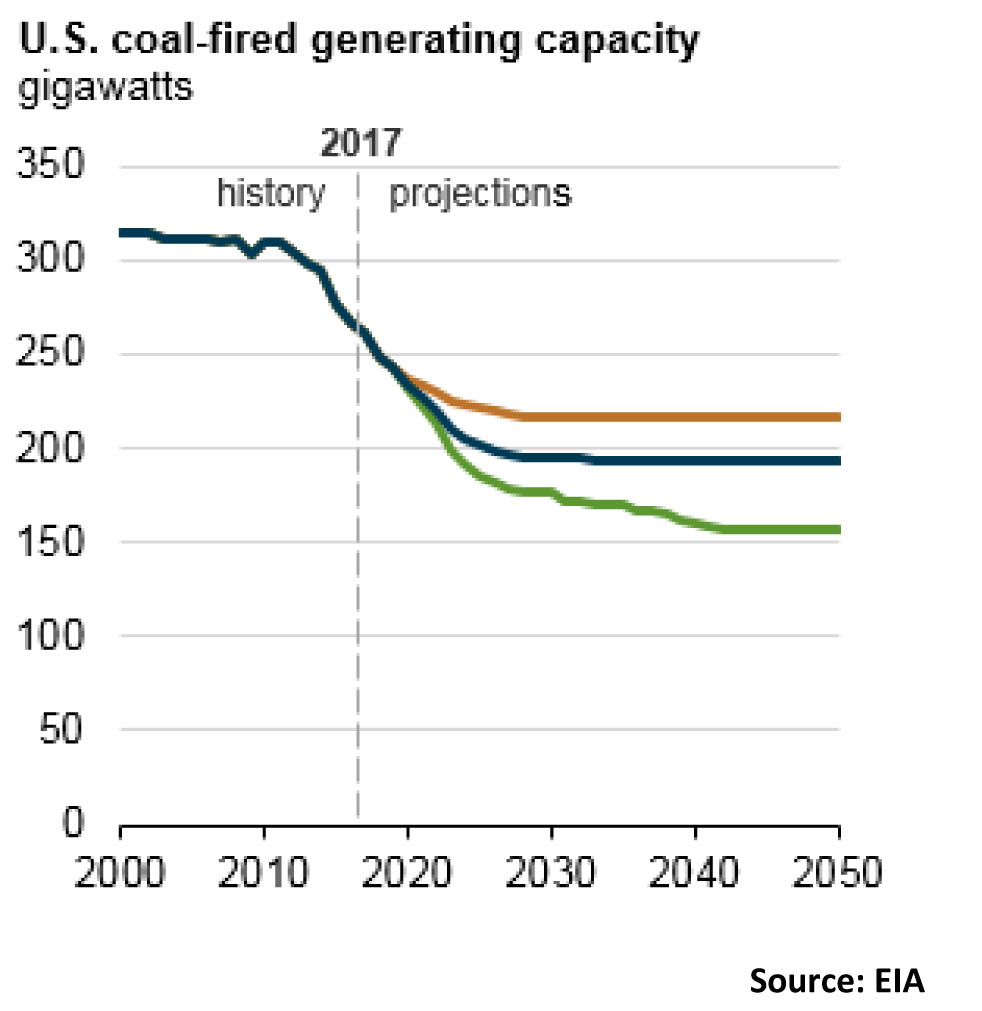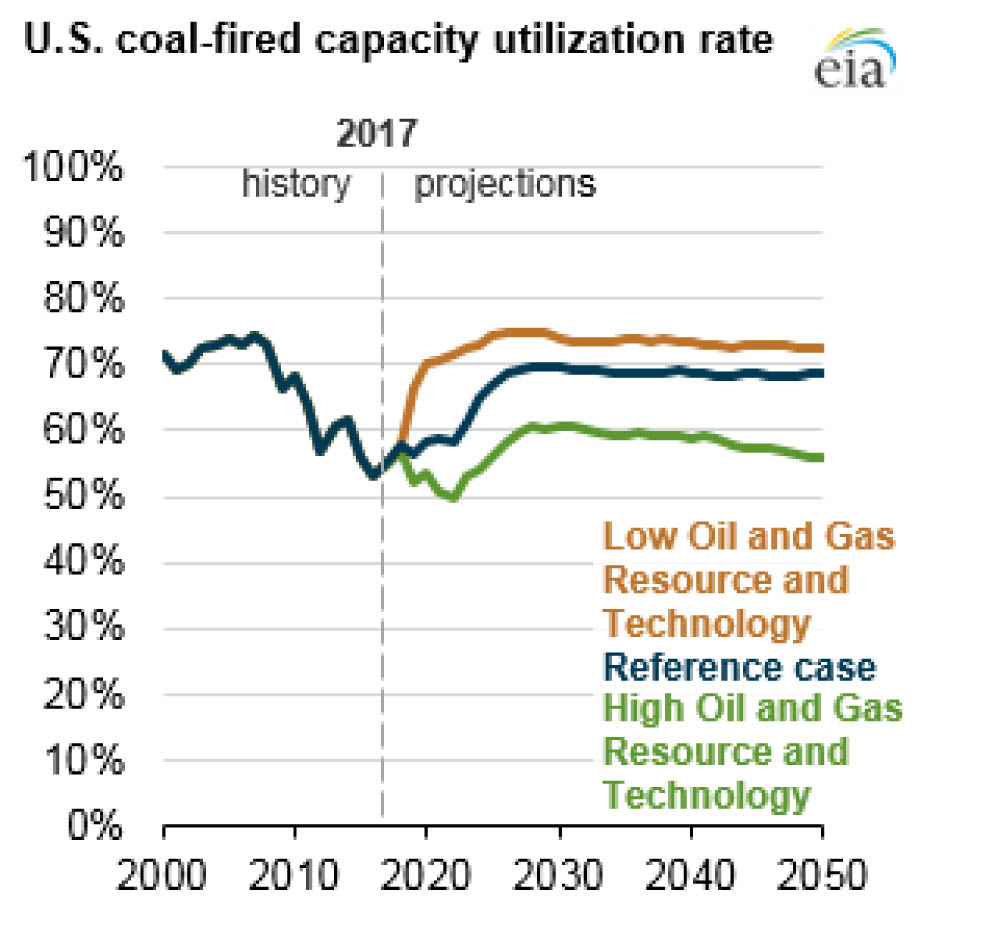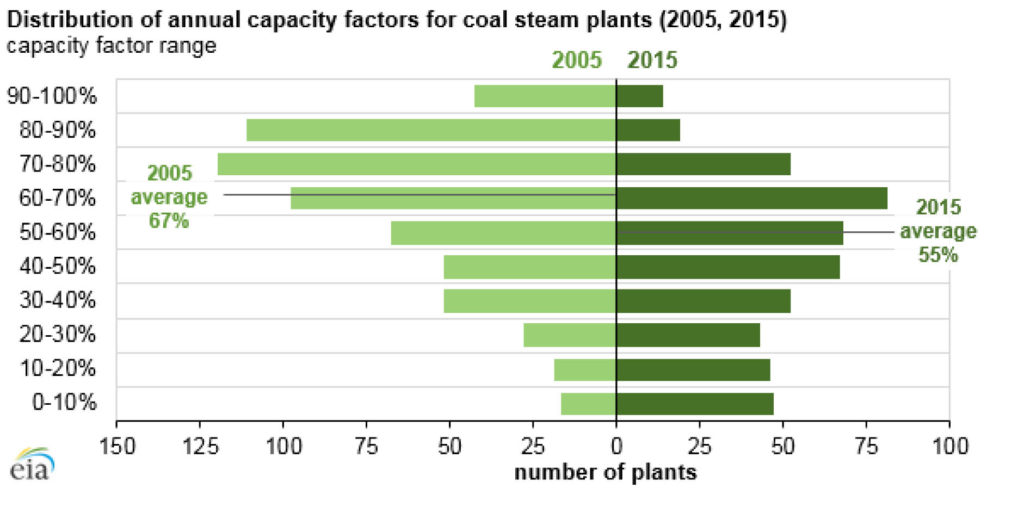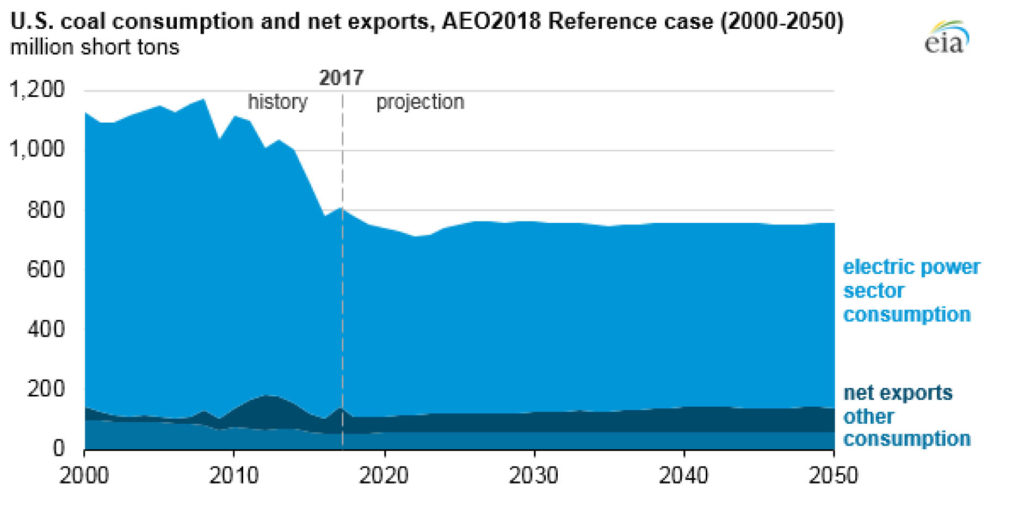The mess at the Vogtle nuclear construction project just keeps getting deeper, and ever-more costly.
Earlier this month, Southern Company CEO Tom Fanning announced that the utility was raising Georgia Power’s share of the already-too-expensive and long-delayed project by $1.1 billion, upping the utility’s 45.7 percent stake in the plant to a mind-boggling $8.4 billion (and that doesn’t even include the $1.7 billion paid by Toshiba to resolve the Westinghouse bankruptcy, but that’s another story). While he continued to defend the company’s work at the roughly 2,234 MW project, Fanning said the company’s shareholders would eat the bulk of the additional cost increase to maintain the project’s “momentum” (if that description is even possible for such a trouble-filled construction effort).
Specifically, Fanning told analysts: “Although we believe the increased…costs are reasonable and necessary to complete the project we have made the judgment that it’s in the best long-term interests of investors, customers and other stakeholders that we not disrupt project momentum by seeking approval of the base capital cost increase so soon after receiving PSC [public service commission] approval to continue with the project. Therefore, when Georgia Power files the increased cost estimate with the PSC as part of VCM 19 later this month, Georgia Power will not request recovery of the $700 million in base capital cost increase.”
I am sure Georgia’s state regulators will take Fanning at his word, probably glad that they can continue to ignore the obvious, that the reactor project is no longer economic. But a much more likely explanation for Fanning’s unusual gesture—for years the company has used the Georgia PSC’s endorsement of the project in 2009 as the justification for each and every cost increase that has come down the pike—is that he and the Southern executive team know that if they sought further cost recovery the commission might finally read its staff analyses and determine that the plant isn’t in ratepayers’ interests nor needed to meet demand.
Consider that in the latest mandatory six-month review of Georgia Power spending at Vogtle, which covered the period from July-December 2017, commission staff concluded that completing the reactor project was only “slightly economic” and, here is the kicker, only “if the company meets its current cost and [commercial operating date] forecasts.” [Emphasis added, but probably not necessary]
That testimony, prepared by Philip Hayet, Tom Newsome and Leah Wellborn, was submitted in June 2018 (it can be found here)—two months before Southern’s latest cost increase announcement. In other words, the additional costs almost certainly render the plant uneconomic, if it wasn’t already, and would explain the company’s decision to soak shareholders for the new charges and not return to the commission.
Worse, more cost increases and delays may be in the offing.
In his early August announcement and subsequent Q&A with analysts (which can be found here), Fanning talked repeatedly about labor-related issues at the site. The company needs, he said, both to boost the size of its onsite labor force, particularly electricians and pipefitters, and to ensure that all these workers are being used productively.
“It really deals with what we’ve been saying for some time now,” he said. “And that is our ability to deploy labor productively onsite. That’s going to help us get to our schedule and that has certainly cost ramifications. We’ve got to keep productivity on the site up, and actually improve the amount of hours worked every month onsite as we get through this ramp-up process into November and then for the next 18 months.”
Whether the company will be able to do that is unknown, but its track record of living up to past promises is spotty, at best.
The degree of difficulty associated with Fanning’s projections for the work that must be done over the next 18+ months if the project is to be completed on time was underscored in testimony by Steven Roetger and William Jacobs as part of the last staff review of the Vogtle project (that testimony can be found here). It is worth noting here that Jacobs and Roetger have been vocal and correct critics of the company’s construction schedules and cost estimates for years (see my story here), and predicted two years ago (see here) that labor productivity issues inside the reactor containment vessels could be a major problem.
Discussing the company’s plan to have the reactors complete by April 2021 and April 2022, which would be eight months earlier than the PSC’s currently approved delayed startup schedule (which is in turn a whopping 69 months beyond the company’s initial announced completion date), the analysts said the staff is not confident the company can meet those targets. To hit those dates, they pointed out, the company would have to boost the amount of work completed each month “to levels never before achieved on this project.”
Later, they expanded on this: “The staff’s greatest concern and what staff identifies as the most significant risk to the project schedule at this time is the ability of SNC [Southern Nuclear Company] to increase construction production to the level needed to meet the target +21-month schedule. Meeting the target monthly percent complete will require a significant increase in production by increasing craft personnel and by more efficient use of those personnel, i.e. improve the productivity of the craft. At present, the project is earning approximately 85,000 to 100,000 hours per week on the direct construction scope. This will need to increase to 140,000 earned hours per week by October 2018 to meet the current target +21-month schedule.”
In other words, the amount of work completed weekly will have to increase on the order of 50 percent, and be sustained for months, to meet the 21-month schedule.
Even meeting the approved startup dates of November 2021 and 2022 is likely to pose a serious challenge, the two wrote, noting that “improvements in productivity and the required additions of craft personnel must occur in the immediate future for the potential to meet [those deadlines].” Further, they noted, “gains in productivity must also be maintained over extended months.”
Fanning and his executive team are in a tough spot. Asking the commission again to raise the amount owed by ratepayers clearly is a non-starter, at least at the moment, but analysts were none too happy with the company’s decision to bill shareholders either, with Moody’s downgrading the company’s debt and stock analysts following suit on their recommendations regarding Southern shares. Given the company’s stubborn commitment to the project, and the failed Kemper gasification effort before that, it is almost inconceivable that Fanning would opt to cancel the Vogtle plants, but he should. It’s time.
–Dennis Wamsted
 Follow
Follow


